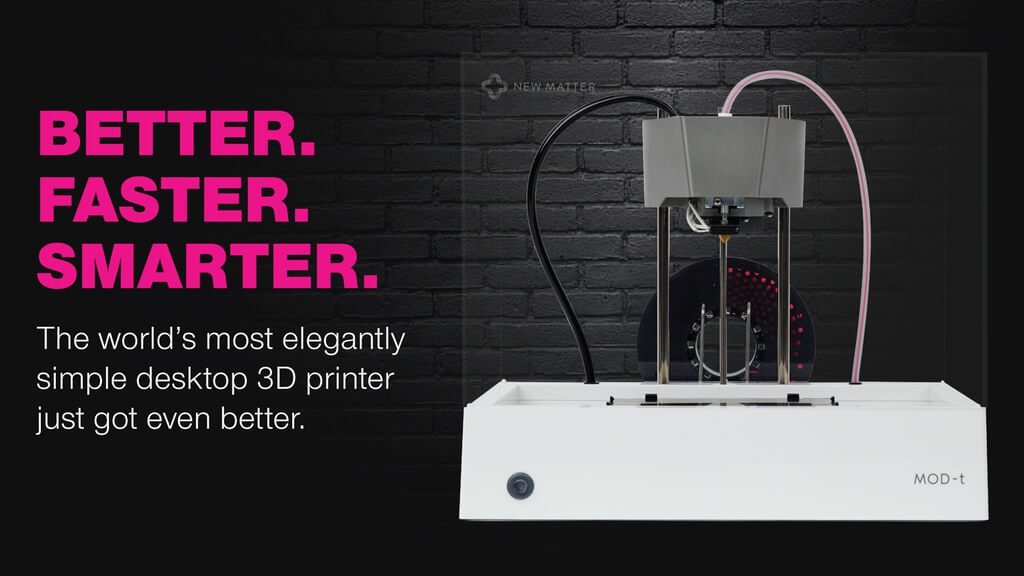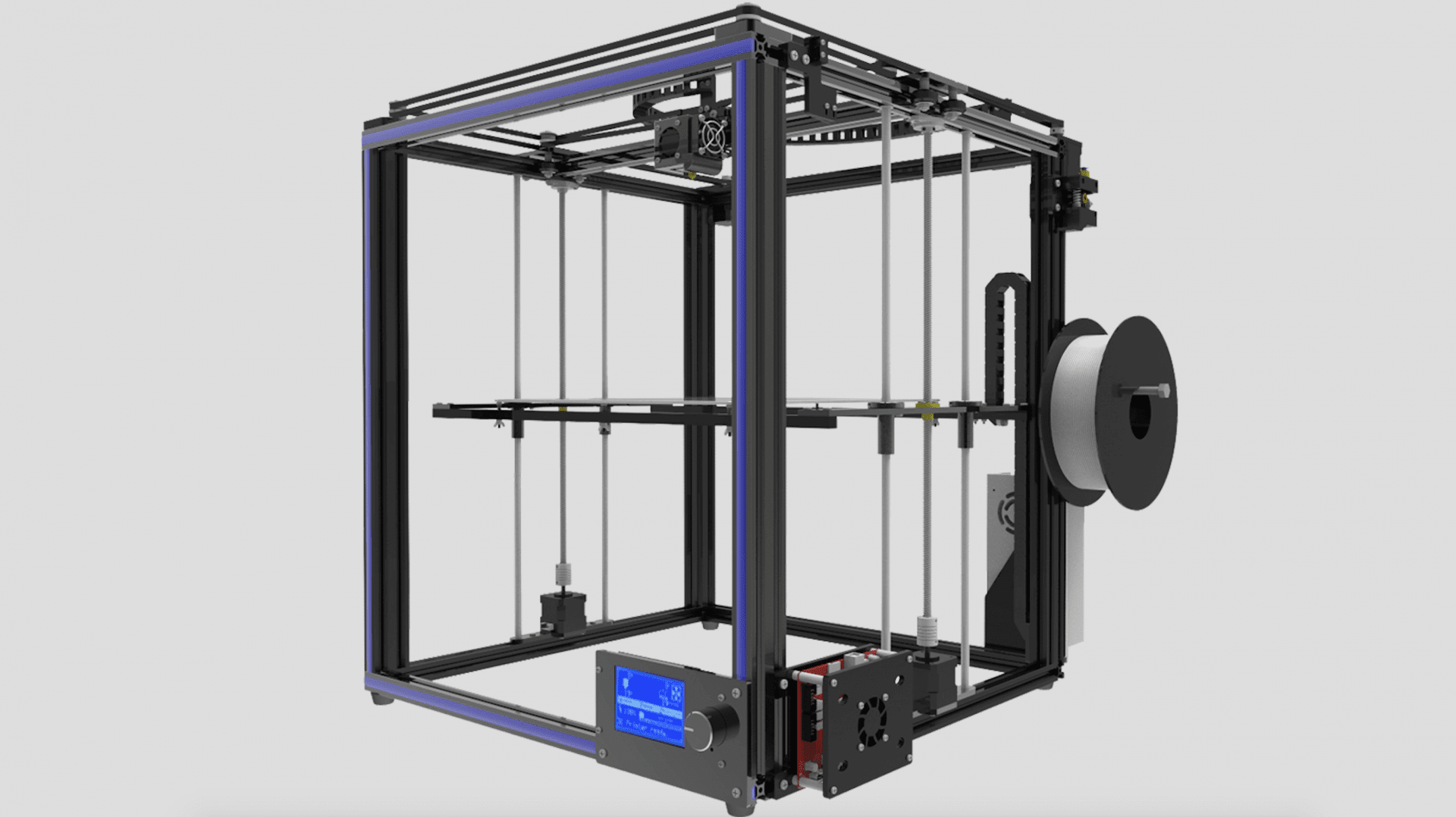Researchers from Queen Mary University of London have developed a 3D bioprinting method that enables the creation of biological structures from cells and molecules that are commonly found in natural tissues.
From human skin to ears made from a patient’s own cells, 3D bioprinting has changed the landscape of medical innovation in some major ways. It seems as if new breakthroughs involving biofabrication are occurring on a weekly basis, and this week is no different…
Researchers from Queen Mary University of London (QMUL) have recently devised a new 3D biofabrication technique that uses cells and molecules to create constructs that resemble biological structures.
The method consists of placing structures into an ink that resembles the natural environment of cells. This allows the cells to grow and behave exactly as they would in a body.
Consequently, researchers are able to monitor cells more closely and observe how they may adapt to certain environments. It would also guide further research into finding out how cancer cells grow. Scientists could observe immune cells closely to monitor their interaction with other cells. Furthermore, the results of such studies could lead to the development of new and improved drugs.
Professor Alvaro Mata, one of the leaders on the project at QMUL, explained:
“The technique opens the possibility to design and create biological scenarios like complex and specific cell environments. can be used in different fields such as tissue engineering by creating constructs that resemble tissues or in vitro models that can be used to test drugs in a more efficient manner.”
Structures made from gel via biofabrication. (Image: Clara Hedegaard)
New Biofabrication Method Creates Biological Structures that Mimic Body Parts and Regenerate Tissues
As part of the method, the researchers combined molecular self-assembly with additive manufacturing. They were able to assemble molecules into complex structures.
In addition, the biofabrication technique allows the QMUL researchers to control structures and assemblies digitally. This allows the team to mimic body parts and also regenerate tissues.
Generally, 3D printable inks are limited in their ability to activate cells. But by including full control over the 3D printed structure at the microscopic level, the technique overcomes these challenges.
Lead author of the paper and current PhD student at QMUL, Clara Hedegaard, adds:
“This method enables the possibility to build 3D structures by printing multiple types of biomolecules capable of assembling into well defined structures at multiple scales. Because of this, the self-assembling ink provides an opportunity to control the chemical and physical properties during and after printing, which can be tuned to stimulate cell behavior.”
The research, entitled “Hydrodynamically Guided Hierarchical Self-Assembly of Peptide–Protein Bioinks”, is published in Advanced Functional Materials.
Source: Phys.org
Website: LINK
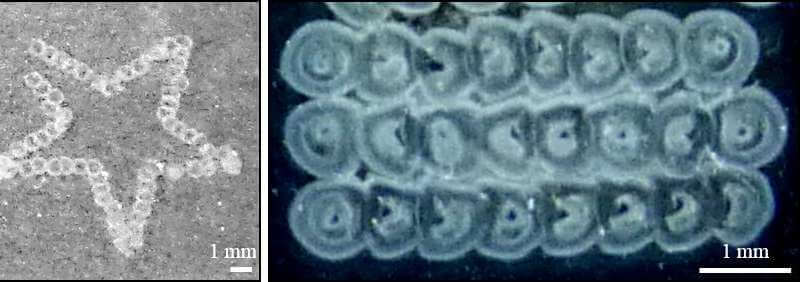

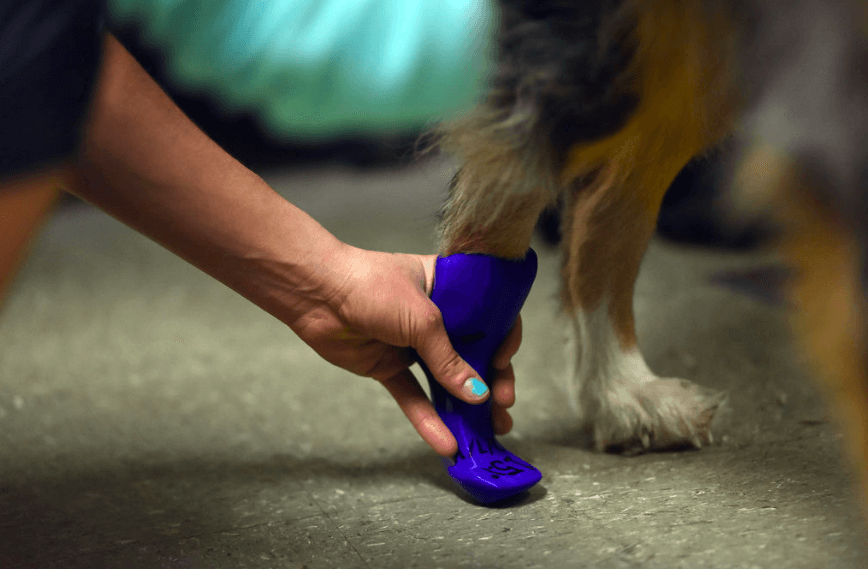


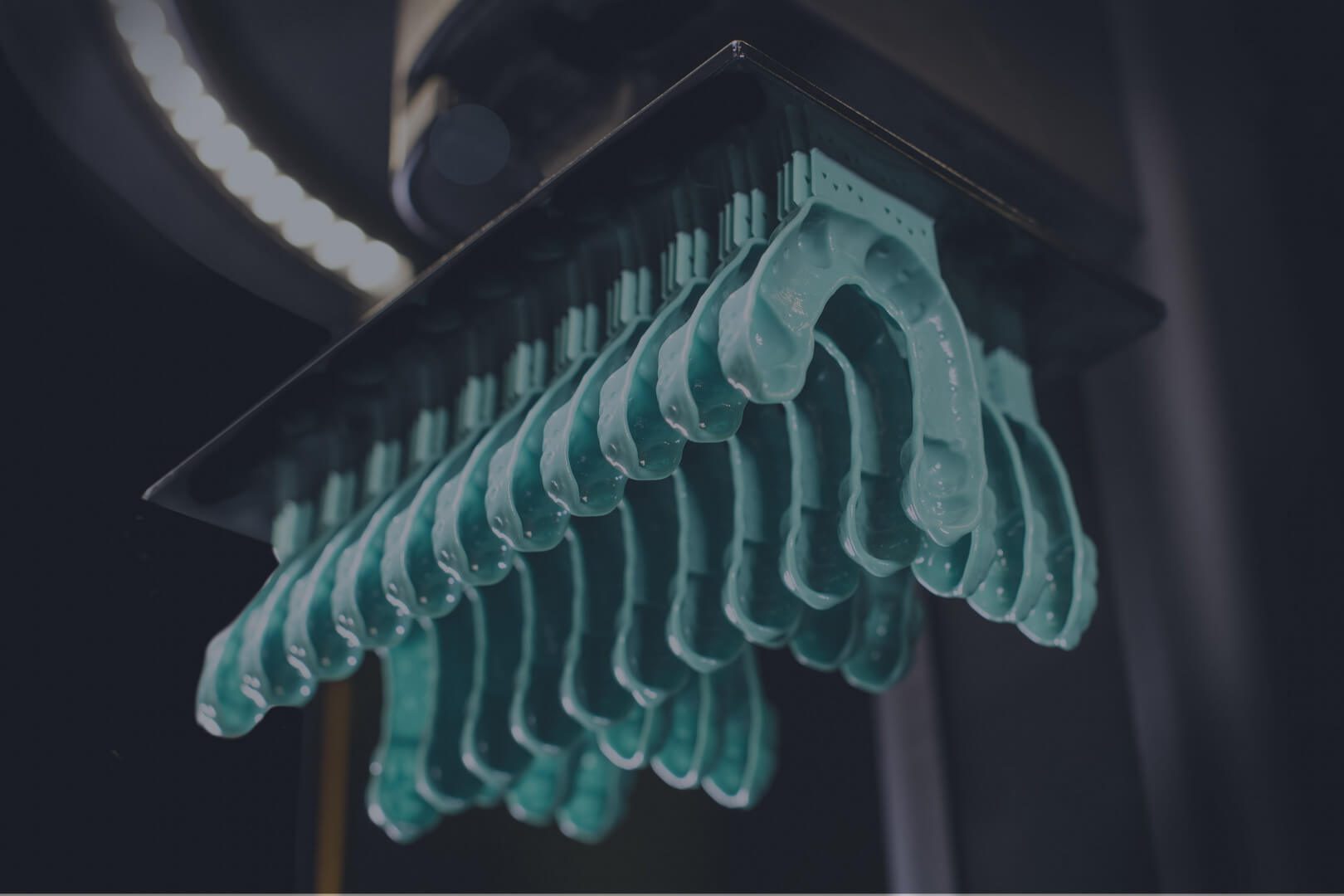




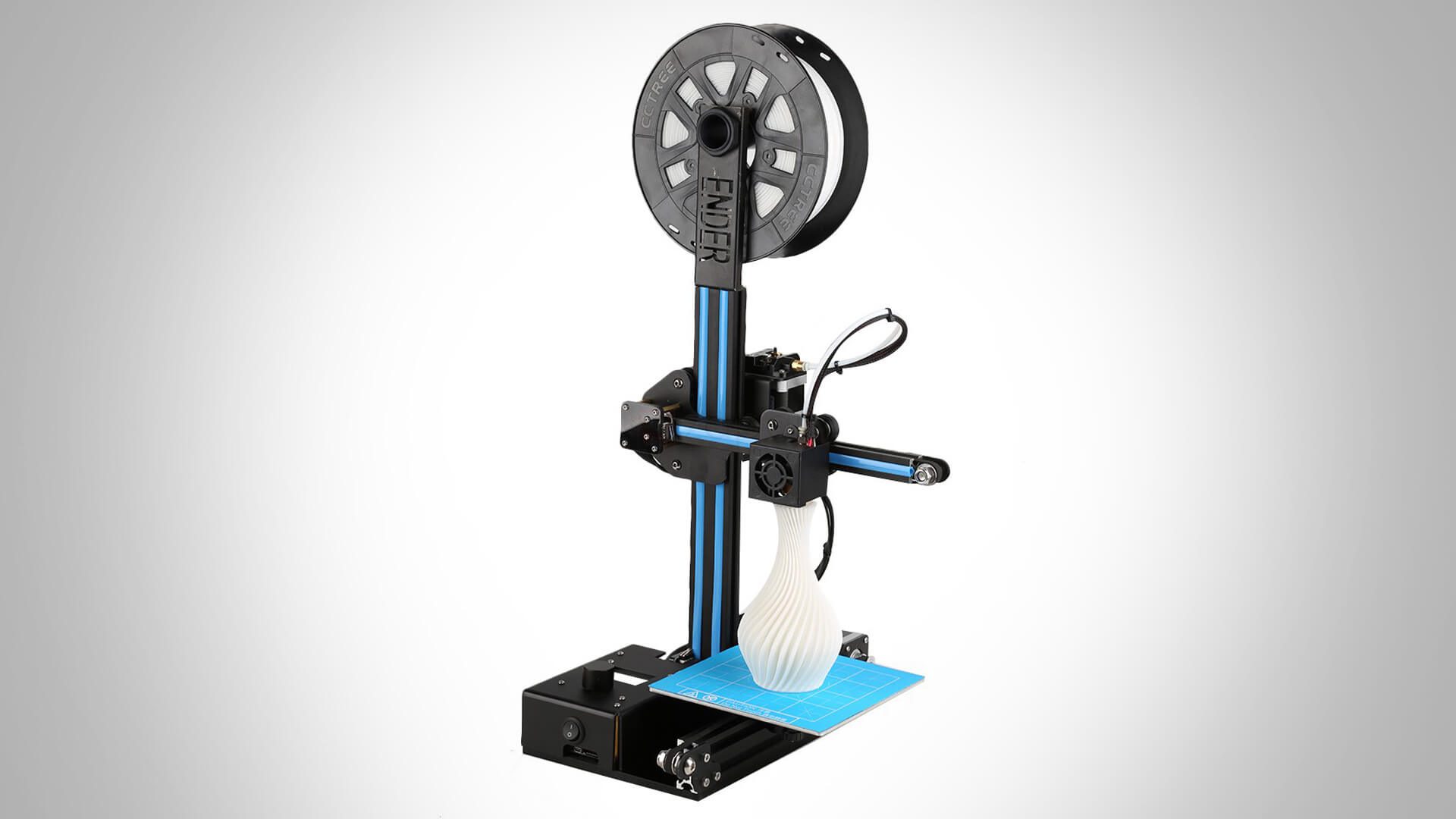
![[DEAL] Qidi Tech 1 Dual Extrusion 3D Printer, 13% Off at $610](https://www.blogdot.tv/wp-content/uploads/2018/02/deal-qidi-tech-1-dual-extrusion-3d-printer-13-off-at-610.jpg)
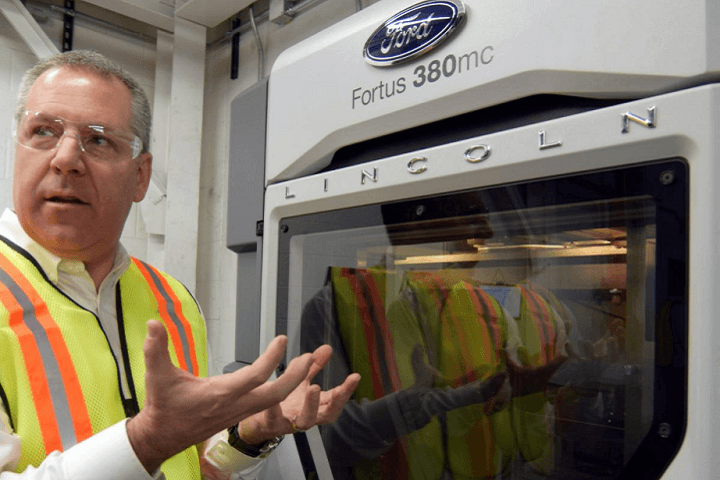


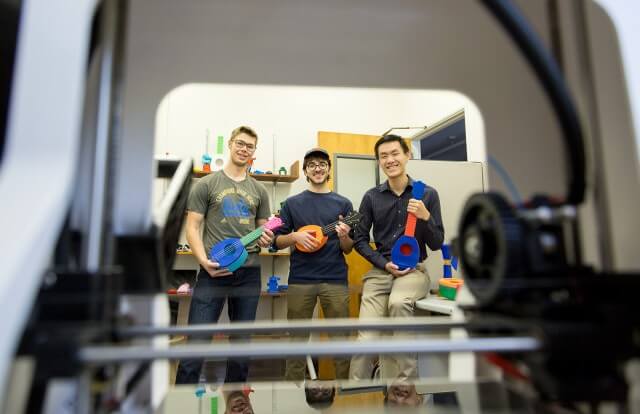

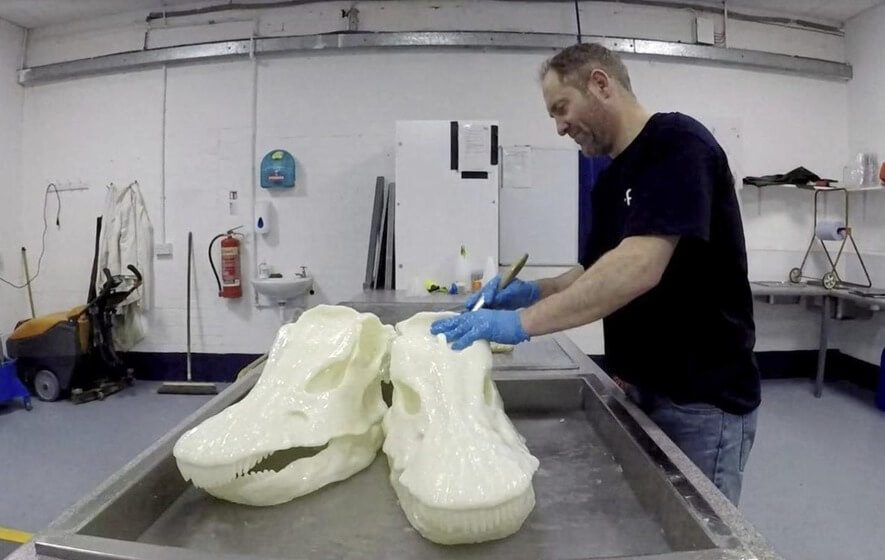

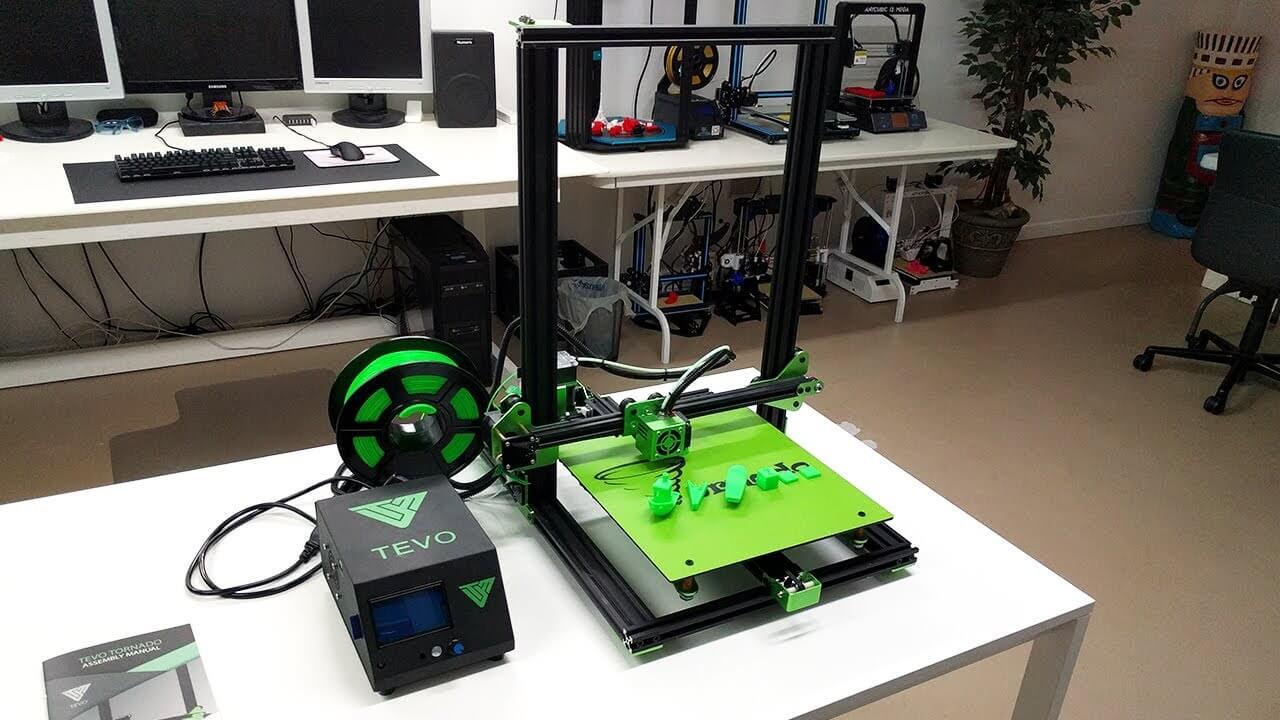
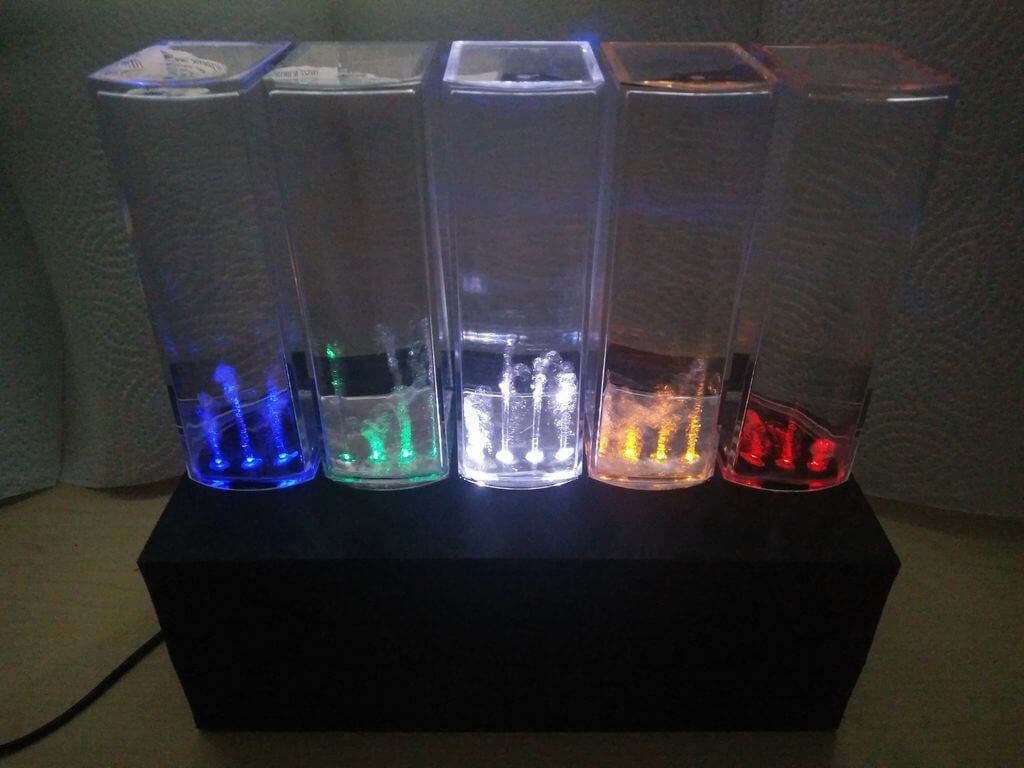
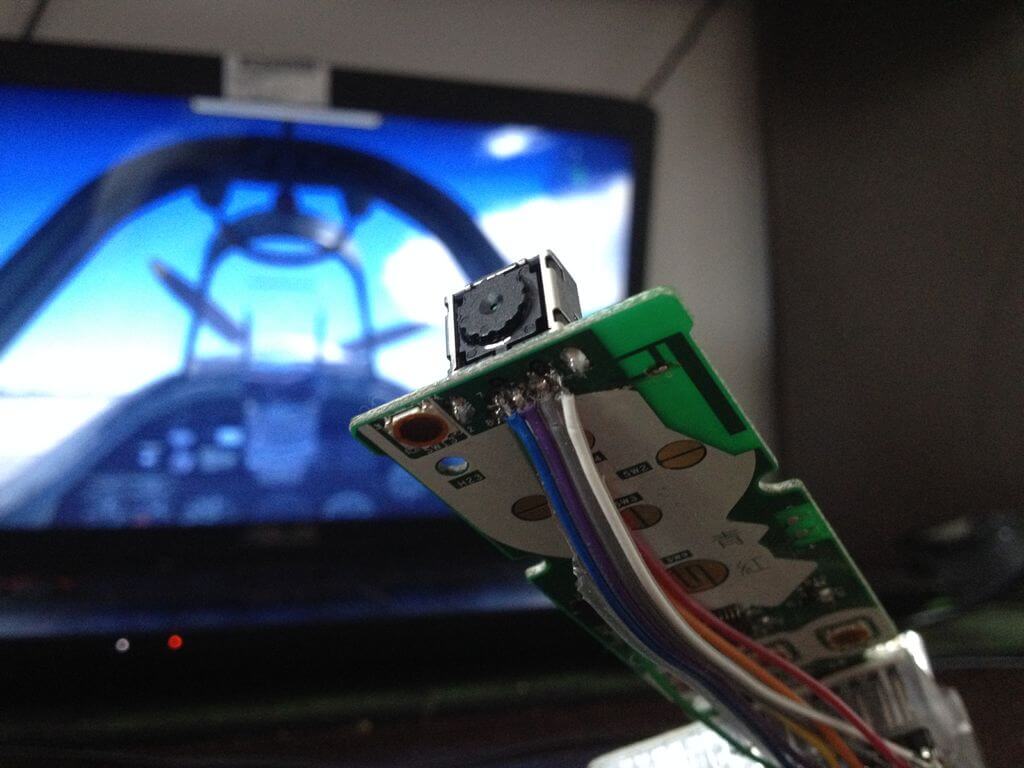
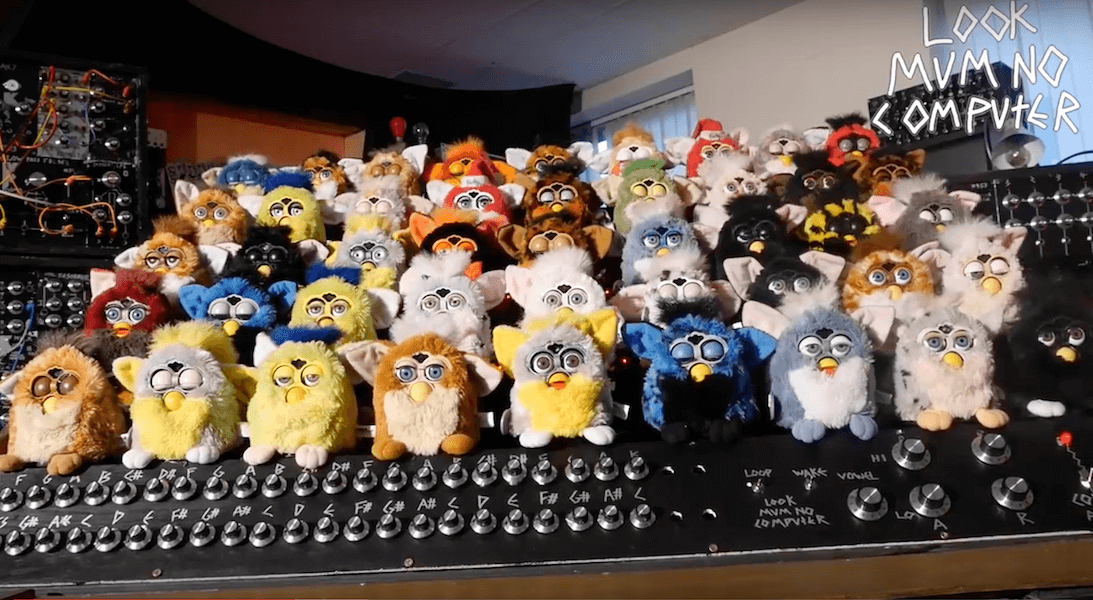



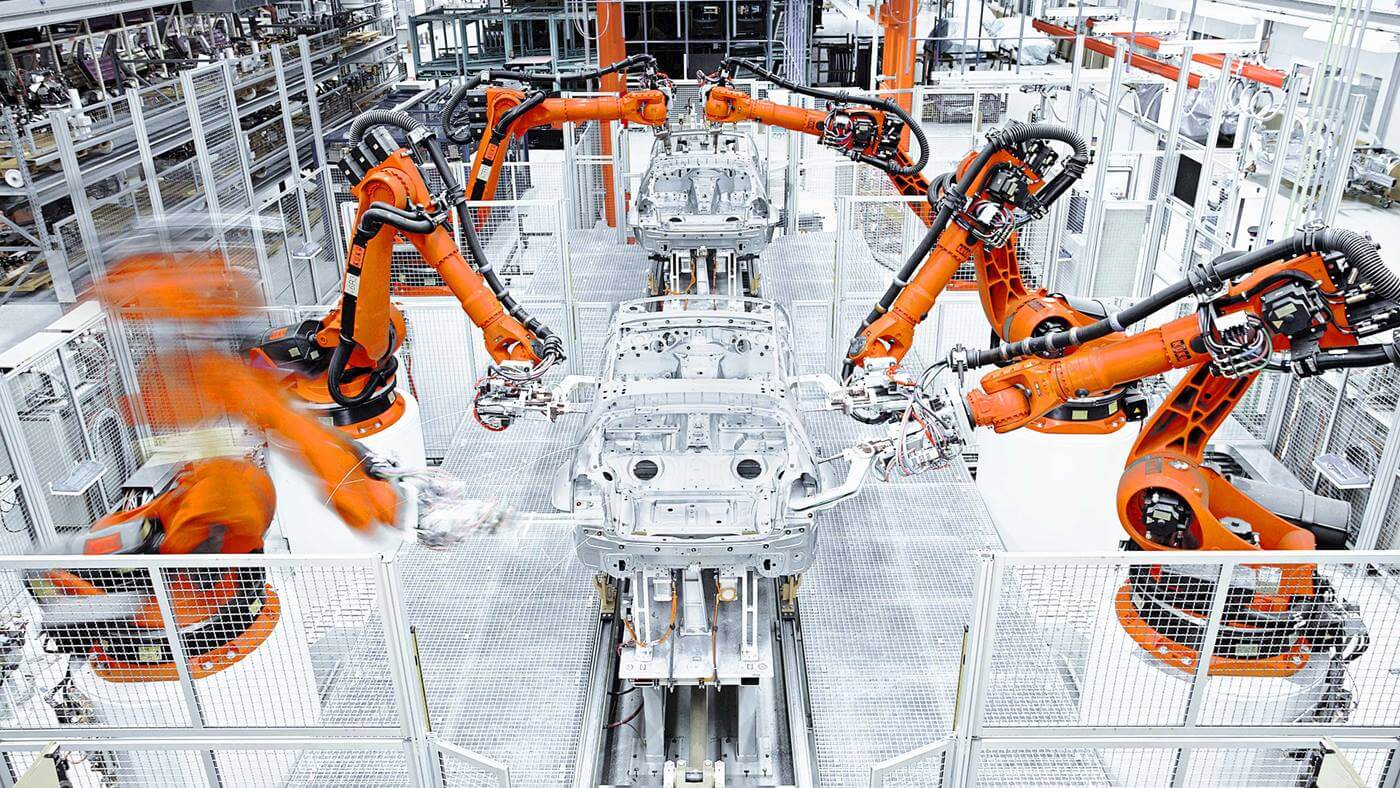

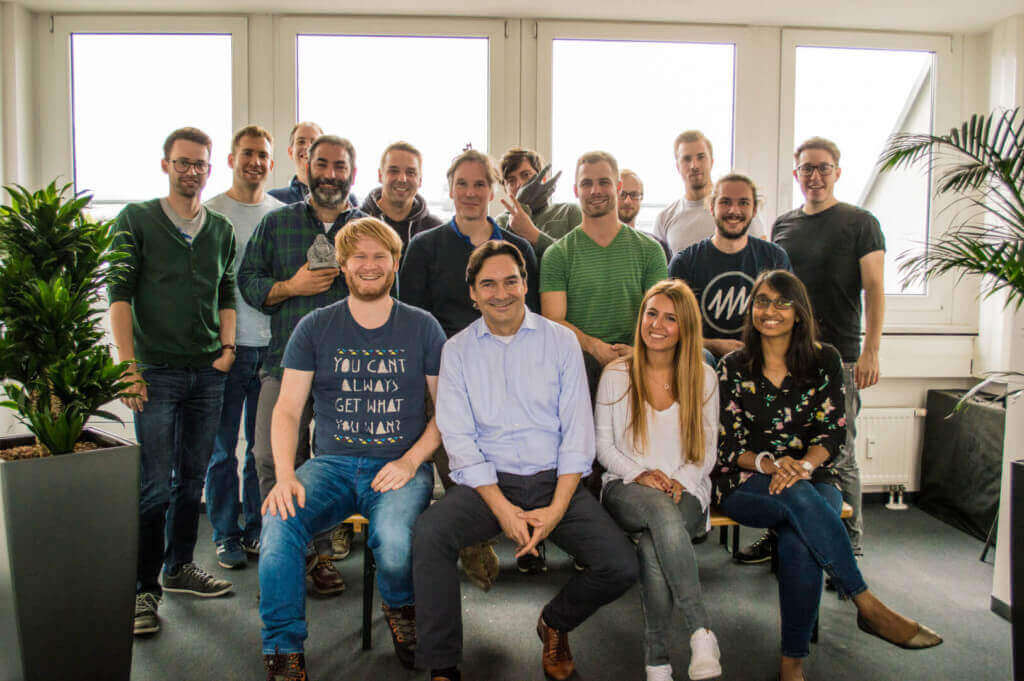






![[FLASH DEAL] New Matter Filament, 63 -75% Off at $7.49](https://www.blogdot.tv/wp-content/uploads/2018/02/flash-deal-new-matter-filament-63-75-off-at-7-49.jpg)
